[最も欲しかった] self actualization maslow's hierarchy of needs pyramid 343689
How do we become happy? · And lastly, at the very top of Maslow's hierarchy of needs sits the fifth level, selfactualization Maslow was once quoted saying, "What a man can be, he must be" In other words, people have to achieve their full potential as human beings to feel satisfied at the highest level Maslow defined selfactualization as the full use and exploitation of an individual's talents,A question that has been asked since the dawn of man And, answered by philosophers, gurus, and recently psychologistsCreated by Arl
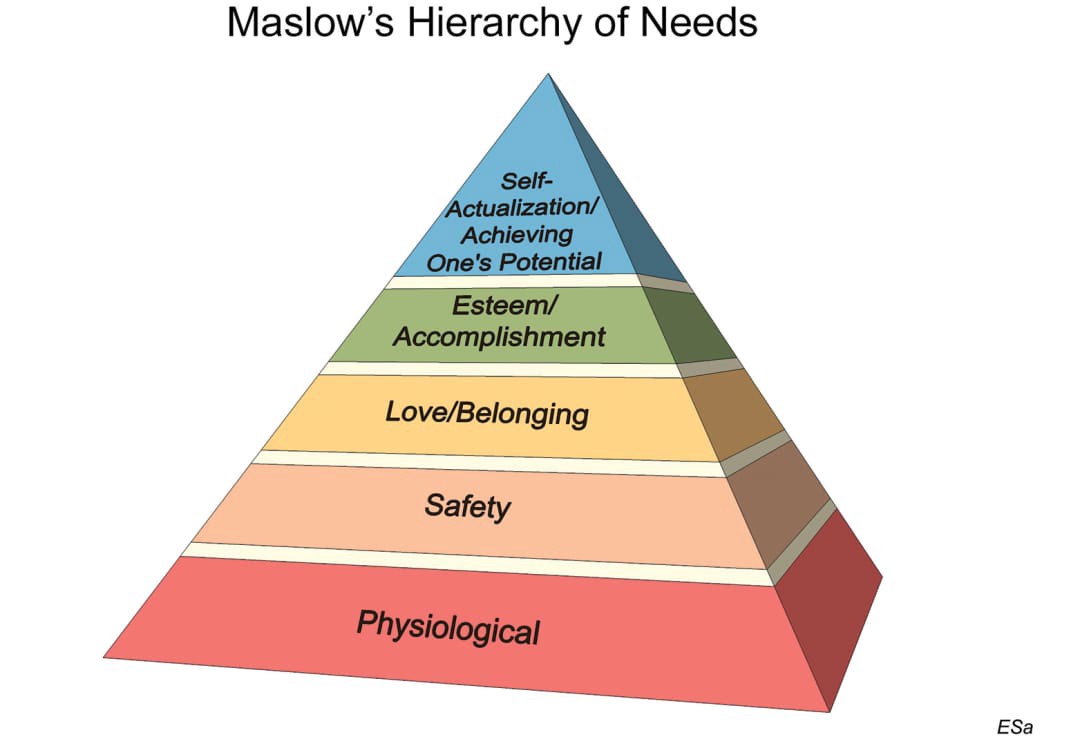
What Maslow Can Teach Us About Leadership Hacker Noon
Self actualization maslow's hierarchy of needs pyramid
Self actualization maslow's hierarchy of needs pyramid-Maslow's (1943, 1954) hierarchy of needs is a motivational theory in psychology comprising a five tier model of human needs, often depicted as hierarchical levels within a pyramid Maslow stated that people are motivated to achieve certain needs and that some needs take precedence overOne develops a degree of importance Esteem needs may be internal or external


Maslow Theories Positive Mental Health
· The classic theory, Abraham Maslow's hierarchy of needs, is supposed to help us to understand human motivation Maslow grounds his pyramid with physiological needs such as food, shelter andJul 27, 17 Explore Christopher Burman's board "Pyramid Scheme" on See more ideas about maslow's hierarchy of needs, pyramid scheme, self actualizationAt the very peak of Maslow's hierarchy are the selfactualization needs "What a man can be, he must be," Maslow explained, referring to the need people have to achieve their full potential as human beings According to Maslow's definition of selfactualization, "It may be loosely described as the full use and exploitation of talents, capabilities, potentialities, etc
Maslow's hierarchy of needs is a pyramid of the needs that motivate people Individuals most basic needs, at the base of the pyramid, are physiological Once they have fulfilled these needs, people move on to their safety needs, social wellbeing, selfesteem then ultimately their need for selfactualization Summary by The World of Work Project2702 · A lot of discussions about selfactualization refer to Maslow's hierarchy of needs He theorized that people need to satisfy four basic types of needs before they can satisfy a · Before reaching the ultimate goal of selfactualization, however, people must meet their most basic needs such as food, safety, love, and selfesteem As you can see above, Maslow's hierarchy is most easily understood displayed as a pyramid
26 · The needs in Maslow's hierarchy include physiological needs (food and clothing), safety needs (job security), social needs (friendship), selfesteem, and selfactualization At the bottom of the pyramid are the physiological (or basic) human needs that are required for survival food, shelter, water, sleep, etc3005 · The need that tops Maslow's hierarchy of needs pyramid is the need for selfactualization This need means to attain the fullest development of one's potential People whose reach or attain this need are found to be selfaware, socially responsible, creative, spontaneous, and open to new changes · Maslow's Hierarchy of Needs is perhaps the most widely known and accepted theory of human motivation This is particularly true in the marketing world, where Maslow's five categories of motivation are used to identify and understand consumer's buying behavior and purchasing decision Maslow identified five sources of motivation from which all needs are



Maslow S Hierarchy Of Needs Maslow S Hierarchy Of Needs Maslow S Hierarchy Of Needs Humanistic Psychology



Maslows Hierarchy Of Needs Self Actualization Esteem Belonging Safety Graphics Presentation Background For Powerpoint Ppt Designs Slide Designs
· Diagram 3 Maslow's pyramid Growth and Deficiency needs The top need of selfactualization is referred to as a growth need It is nothing else than our desire for selfdevelopment As this desire is satisfied, instead of decreasing our motivation, the opposite happens It is amplified As we become better, our selfconfidence increasesThe Abraham Maslow hierarchy of need theory was later adapted to include a greater complexity in the area of selfactualisation Under this adaption human needs included a thirst for knowledge and a need for aesthetical order and beauty prior to selfactualization and a "Transcendence" need beyond selfactualization where people would feel a need to help others to find fulfillment · Psychologist Abraham Maslow's theory of selfactualization contends that individuals are motivated to fulfill their potential in life Selfactualization is typically discussed in conjunction with Maslow's hierarchy of needs, which posits that selfactualization sits at the top of a hierarchy above four "lower" needs


95 Of Managers Follow An Outdated Theory Of Motivation
/maslow-s-hierarchy-of-needs--scalable-vector-illustration-655400474-5c6a47f246e0fb000165cb0a.jpg)


Maslow S Hierarchy Of Needs Explained
· Maslow proposed that in order to reach selfactualization and satisfaction of higher needs, all our lower needs need to be fully satisfied before weSelfactualization is understood as the goalor explicit motive, and the previous stages in Maslow's Hierarchy fallIt was in 1954 that Maslow created the 'Hierarchy of Human Needs' to explain selfactualization and put forth the theory in his book, 'Motivation and Personality' The term selfactualization was first used by German psychiatrist and neurologist, Kurt Goldstein to explain the motive that one possesses to reach their full potential



Maslow Hierarchy Of Needs Physiological Safety Love Belonging Esteem Self Actualization In Pyramid Diagram Modern Flat Style Canstock



Maslow S Hierarchy Of Needs The Pyramid Of Happiness Happiness Com
Maslow's hierarchy of needs is often portrayed in the shape of a pyramid with the largest, most fundamental needs at the bottom and the need for selfactualization and transcendence at the top In other words, the idea is that individuals' most basic needs must be met before they become motivated to achieve higherlevel needs · Maslow believed that to understand this level of need, the person must not only succeed in the previous needs but master them Selfactualization can be described as a valuebased system when discussing its role in motivation;Each higher stage of the pyramid shows the level of needs that can be achieved once the needs of the stage below have been met Once all stages of the pyramid have been fulfilled, an individual can reach the highest level which is self actualisation The original five levels of the Maslow pyramid The original pyramid diagram designed by Maslow shows five stages in the hierarchy



Pin By Carolyn Thomas On Feng Shui Made Easy Maslow S Hierarchy Of Needs Self Actualization Psychology
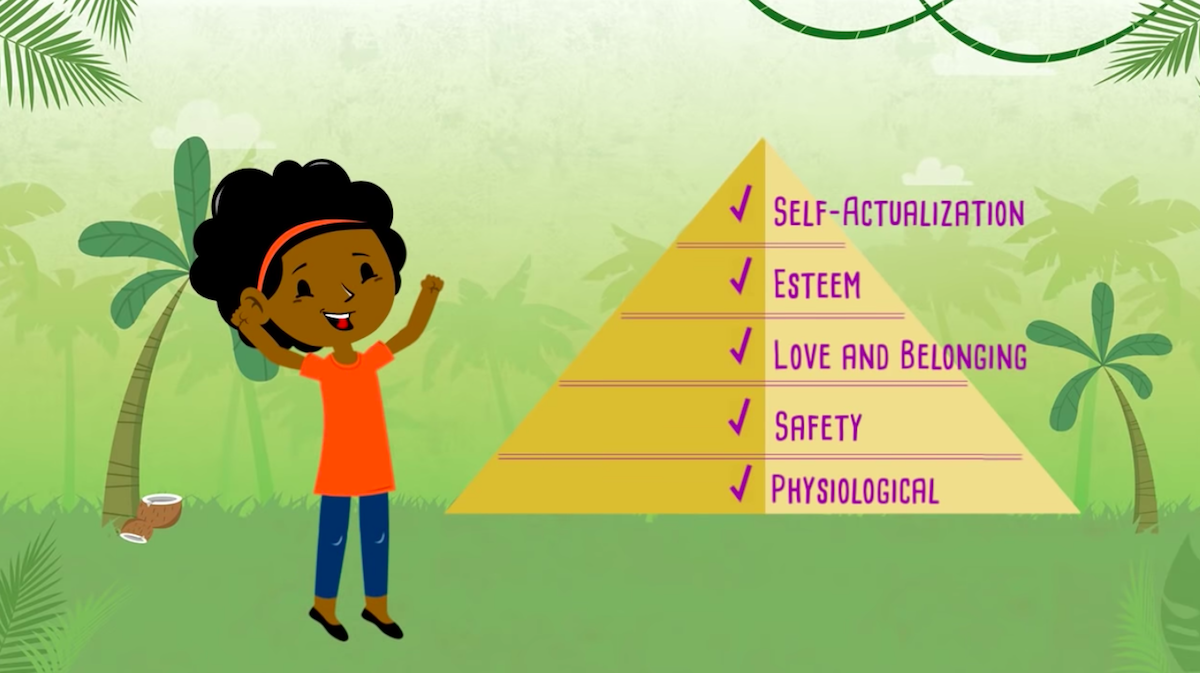


Maslow S Hierarchy Of Needs The Pyramid Of Happiness Happiness Com
1802 · Maslow's Hierarchy of Needs has been around since 1943Maslow used this theory to study how people intrinsically develop their behavioral motivation Maslow's hierarchy builds up five (5) elements · At the height of WWII, Abraham Maslow proposed a "hierarchy of human needs," often depicted as a pyramid, where it was necessary for one need to be fulfilled in order to meet the next By the mid1950′s he had written a book popularizing this same ideaSelfactualize is the final stage of Maslow's hierarchy of needs, so not every human being reaches it To Maslow, selfactualization meant the desire for selffulfillment, or a person's tendency to be actualized in what he or she is potentially Individuals may perceive or focus on this need



What Maslow Can Teach Us About Leadership Hacker Noon



Maslow S Hierarchy Of Needs Overview Explanation And Examples
Maslow is most known for his Hierarchy of Needs This is a diagram shaped like a pyramid, which "basic needs" at the bottom and "selfactualization" needs at the top Maslow believed that when the needs at the bottom of the pyramid have not been yet, our motivation goes toward these basic needs Once those needs0702 · 1 Hierarchy (Иерархия) Maslows hierarchy of needs is often portrayed in the shape of a pyramid with the largest, most fundamental needs and need for selfactualization and transcendence at the top0105 · We all are familiar with "Maslow's hierarchy of needs" theory The theory brings our attention to the fundamental needs of humans in a fivetier pyramid model Abraham Maslow proposed his theory "Maslow's hierarchy of needs" in his 1943 paper "A Theory of Human Motivation" in Psychological Review Maslow classifies the needs that humans need as follows
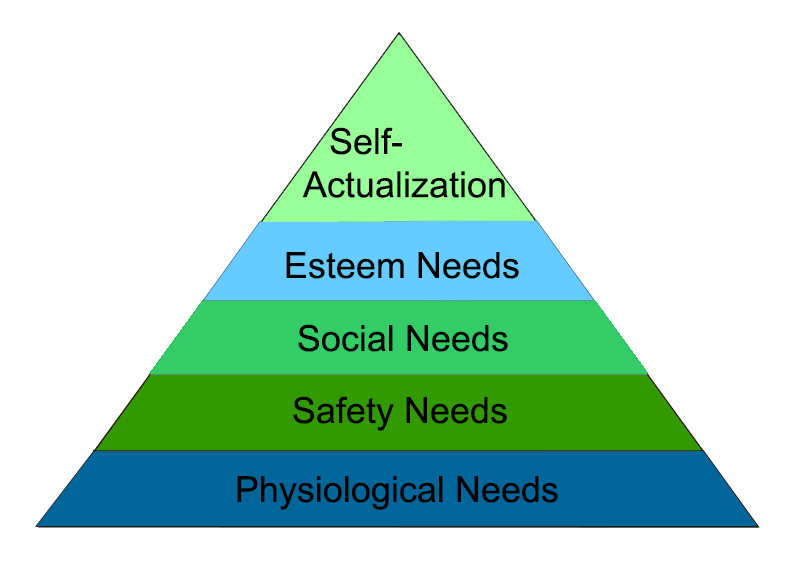


Maslow S Hierarchy Of Needs Explore Psychology



Maslow S Pyramid What Is It What Are Its Levels How Can We Apply It
Figure 7 Maslow's hierarchy of needs is illustrated here In some versions of the pyramid, cognitive and aesthetic needs are also included between esteem and selfactualization Others include another tier at the top of the pyramid for selftranscendence · Maslow's famous Hierarchy of Needs tells us that humans, in order to survive, first need food, shelter, and warmth He claims that these human needs are the foundation of a pyramid that leads to selfactualization However, UCLA professor and social neuroscience researcher Matthew Lieberman argues that Maslow got it wrong · Abraham Maslow's hierarchy of needs is one of the most popular models in leadership writing forming a pyramid at the top is selfactualization


Giving It Our Best Maslow S Hierarchy Of Needs Neuronation



Maslow S Hierarchy Of Needs A Motivational Theory Agile Mercurial
0507 · In this, humans possess a constant drive– one that demands we satisfy our physiological needs before we address our psychological ones Best known as the "pyramid guy" in introductory psychology courses, Abraham Maslow () explained the path to selfactualization as follows Maslow's 'Hierarchy Of Needs' PyramidThis need, again, will not be relevant unless all of the needs before it are met The needs at the top of our list would appear at the bottom of a pyramid, moving up towards selfactualization We often strive for selfactualization, but feel hindered by roadblocks on each step up the pyramid of need · From the bottom to the top, Maslow's five levels of needs are physiological needs, safety needs, social needs, esteem needs, and selfactualization needs The pyramid represents a hierarchy What this means is that only when a lowerlevel need has been fully met would an employee then be motivated by the opportunity to meet the next level of their needs



Maslow S Final Theory Z



Self Actualization
· Maslow's Hierarchy is a simple pyramid with five levels, which begins with physiological needs on the bottom level and progresses to more psychological needsMaslow's Hierarchy of Needs Maslow's hierarchy of needs helps us understanding what motivates learners Abraham Maslow introduced his concept of a Hierarchy of Needs in the 1950's His hierarchy proposes that people are motivated to fulfill basic needs before moving on to meet higher level growth needs · Abraham Maslow's iconic pyramid of needs is one of the most famous images in the history of management studies At the base of the pyramid are physiological needs, and at the top is selfactualization, the full realization of one's unique potential Along the way are the needs for safety, belonging, love, and esteem However, many
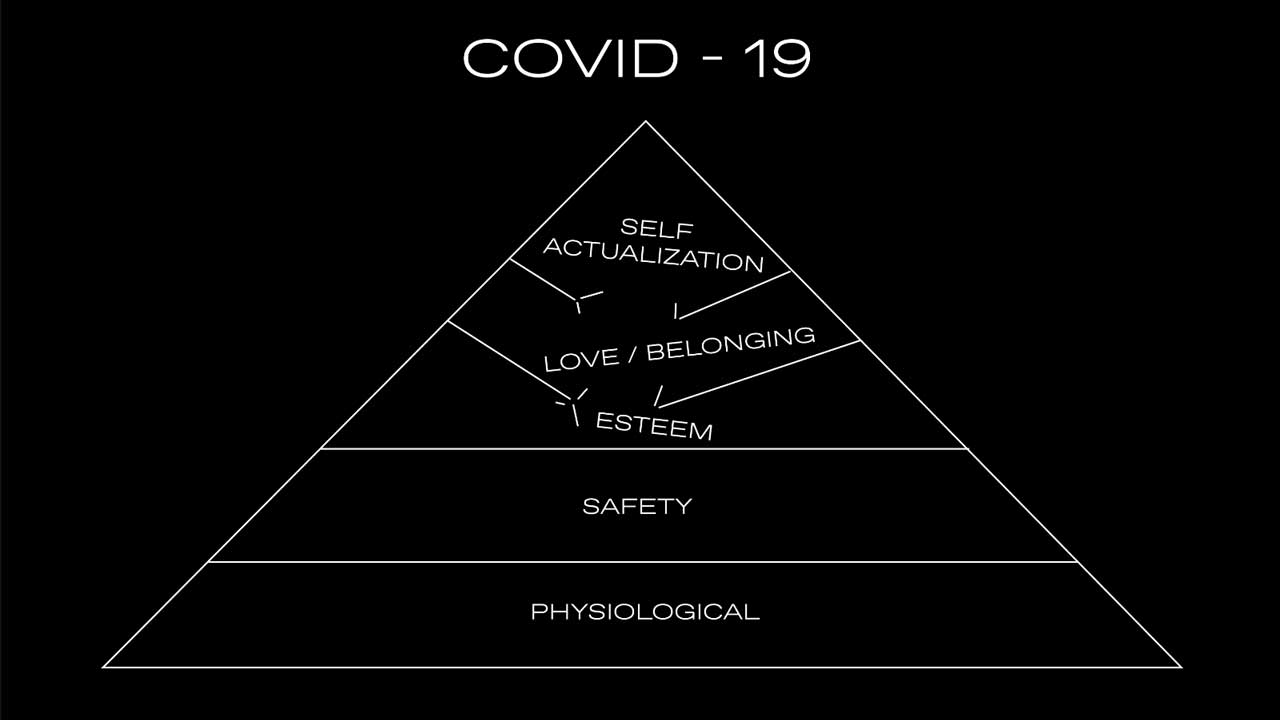


Q A How Maslow S Hierarchy Of Needs Can Help Brands Navigate Troubled Times Advertising Week 360 Aw360



Maslow S Hierarchy Of Reads tvos
Maslow's Hierarchy of Needs, SelfActualization and SelfTranscendence YouTube · Maslow's hierarchy of needs is represented as a pyramid with five levels of human needs Each level of need should be satisfied (or mostly satisfied) before moving up to the next, culminating in selfactualization1405 · In fact, Maslow never actually created a pyramid to represent the "hierarchy of needs" Some modernday writers have interpreted Maslow's notion of selfactualization as individualistic and



Maslow S Hierarchy Of Needs The Sixth Level The Psychologist



Maslow S Hierarchy Of Needs In A Nutshell Fourweekmba
It has been labelled "fully functioning person", "healthy personality", or as Maslow calls this level, "the selfactualization" MASLOW'S PYRAMID Also known as the Maslow triangle The theory of the Maslow hierarchy of needs is split into five different levels of basic needsMaslow's hierarchy of needs, represented as a pyramid with the more basic needs at the bottom1 Maslow's hierarchy of needs From Wikipedia, the free encyclopedia Maslow's hierarchy of needs is a theory in psychology proposed by Abraham Maslow in his 1943 paper "A Theory of Human Motivation" in Psychological Review2618 · Maslow believes that a very small percentage of the population is able to reach the selfactualization level Below is the pyramid that shows Maslow's hierarchy of needs Every normal person has esteem needs and one feels that he or she 'belongs' somewhere;



Look To Maslow S Hierarchy To See Design And Architecture Impacts I S
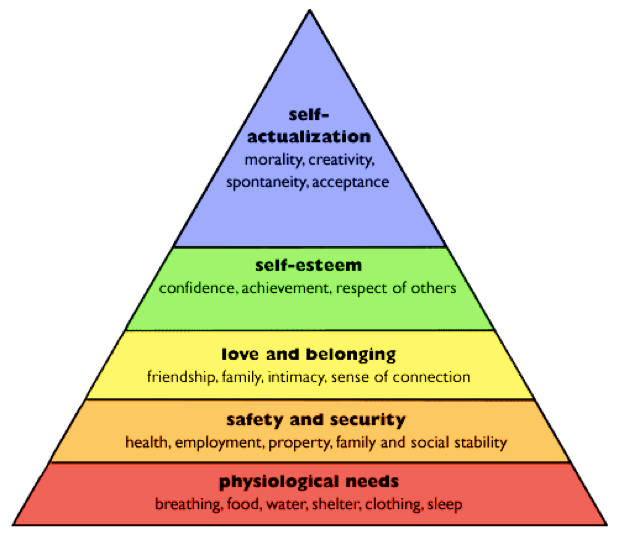


Inverting Maslow S Hierarchy Self Actualization Versus Ordinary By Nick Nielsen Medium
· Maslow's Hierarchy of Needs By Saul McLeod, published May 21, 18 Maslow's hierarchy of needs is a motivational theory in psychology comprising a fivetier model of human needs, often depicted as hierarchical levels within a pyramid Needs lower down in the hierarchy must be satisfied before individuals can attend to needs higher up2705 · Maslow's Hierarchy of Needs is divided into 5 ascending levels Esteem needs are placed on the second highest level, just below selfactualization at the top of the pyramid Esteem needs are satisfied by others or the self, and include the need for confidence, image, recognition and respect Maslow's Hierarchy of Needs



A Pyramid Depicting Maslow S Hierarchy Of Needs With Levels Stock Photo Picture And Royalty Free Image Image 6


Needs



Maslow S Hierarchy Of Needs Cartoon Marketoonist Tom Fishburne



The Revised Maslow Hierarchy With Wifi Self Actualization Maslow S Hierarchy Of Needs Self Esteem



The Psychology And Philosophy Of Branding Marketing Needs And Actions



Abraham Maslow S Self Actualization Theory Owlcation
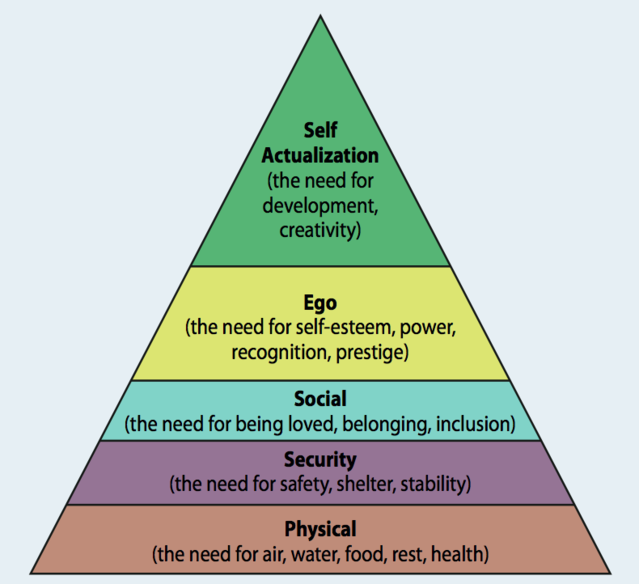


Our Hierarchy Of Needs Psychology Today
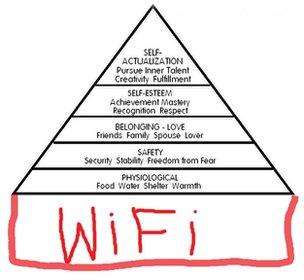


Abraham Maslow And The Pyramid That Beguiled Business c News



Maslow S Pyramid What Is It What Are Its Levels How Can We Apply It



Maslow S Hierarchy Of Needs Simply Psychology



Self Transcendence In Maslow S Hierarchy Of Needs Self Actualization Maslow S Hierarchy Of Needs Self



Maslow S Hierarchy Of Needs In Education Education Library



Maslows Hierarchy Maslow Pyramid Needs Turkish Stock Vector Royalty Free



Maslow Maslow S Hierarchy Of Needs Maslow S Hierarchy Of Needs Family And Consumer Science


Maslow Theories Positive Mental Health
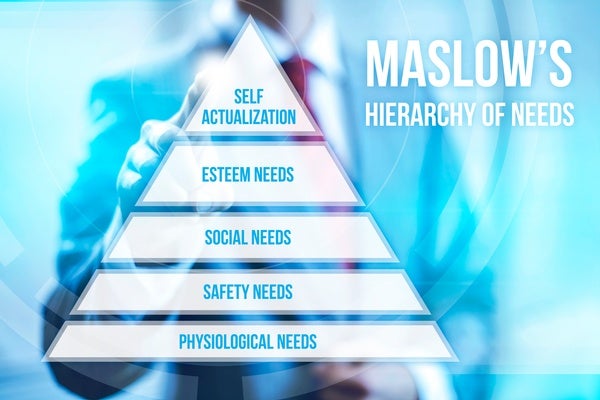


Who Created Maslow Rsquo S Iconic Pyramid Scientific American Blog Network
.jpg?ezimgfmt=rs:382x233/rscb24/ng:webp/ngcb24)


Maslow S Hierarchy Of Needs Simply Psychology



Pateo R D Management Consulting Resolving R D Challenges With Communication Experience Maslow S Hierarchy Of Needs Motivation Self Actualization



Why Art Is Self Actualization Art Maslow S Hierarchy By David Kadavy Getting Art Done Medium



Maslow S Hierarchy Of Needs Self Actualization Motivation Cone Said It Was Pyramid Transparent Png



Abraham Maslow S Hierarchy Of Needs And Social Media



Motivation Maslow S Hierarchy Of Needs Empresa Self Actualization Maslow Motivation Maslow S Hierarchy Of Needs Self Actualization Png Pngwing



Abraham Maslow S Expanded Hierarchy Of Needs Agile Mercurial
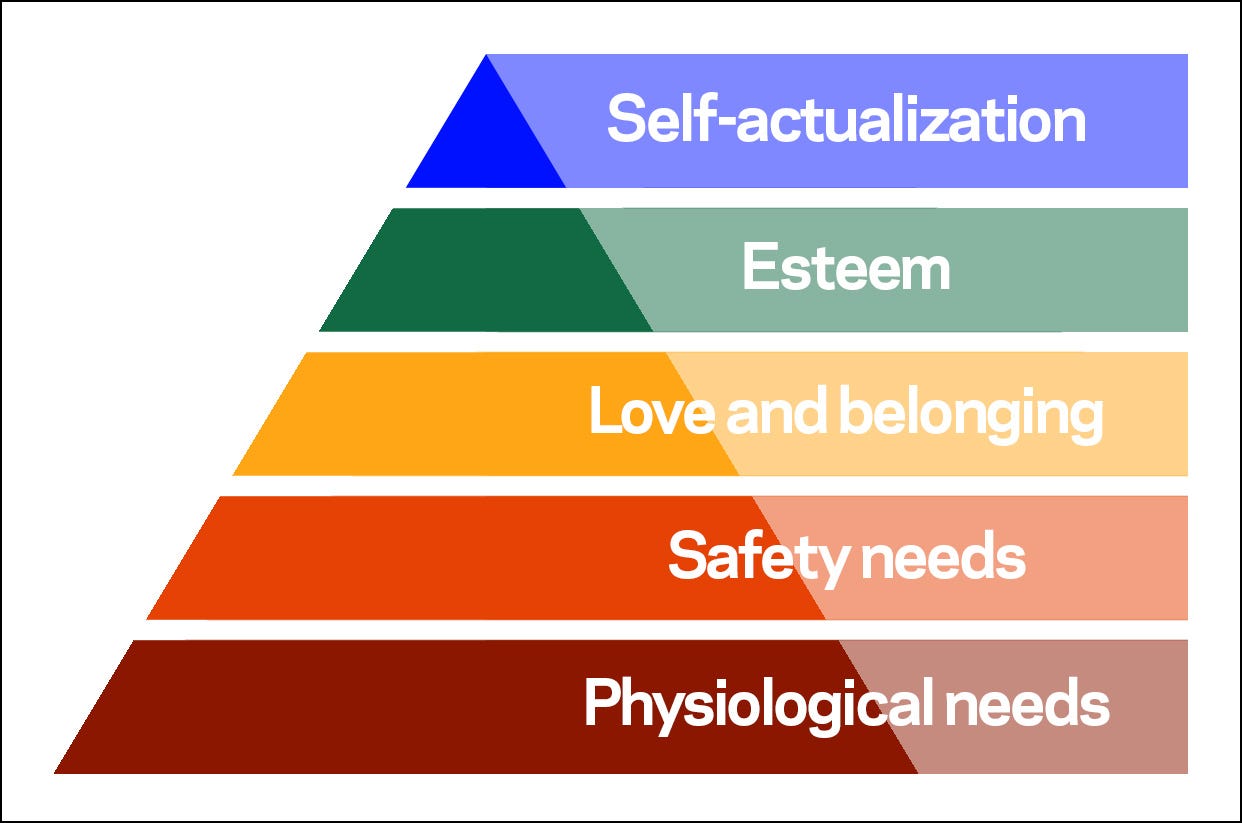


The Problem With Maslow S Pyramid Of Needs Empirics Asia Formerly The Asian Entrepreneur



Maslow S Hierarchy Of Needs The Secret To Self Actualization 21 Youtube
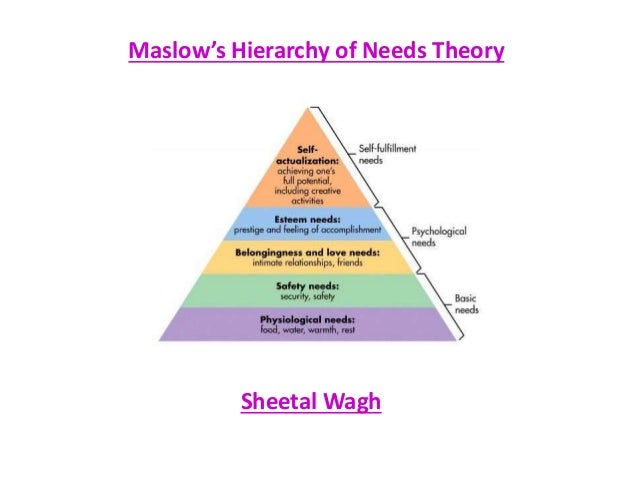


Maslow S Hierarchy Of Needs Theory
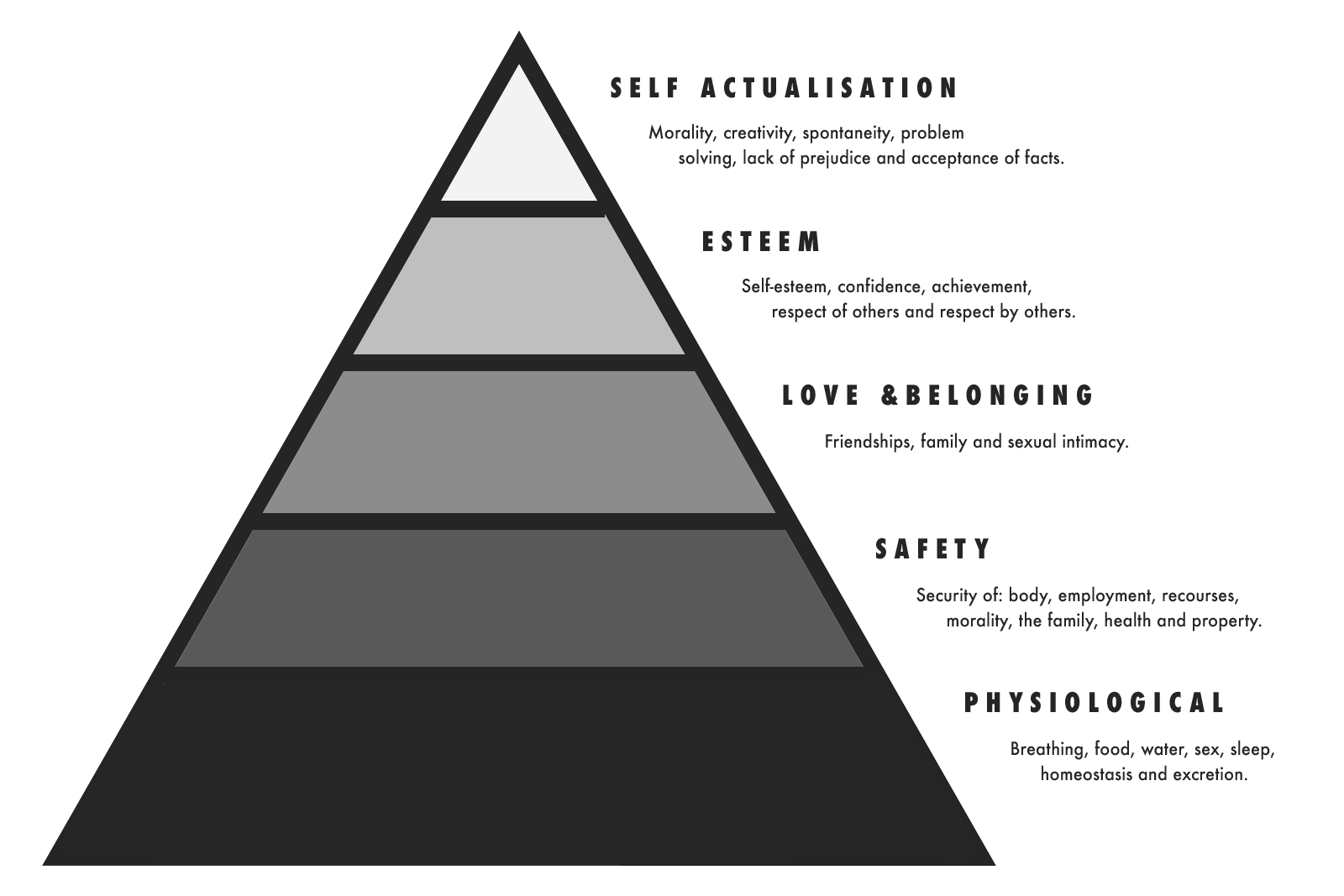


Abraham Maslow S Hierarchy Of Needs By Els Kenney Medium
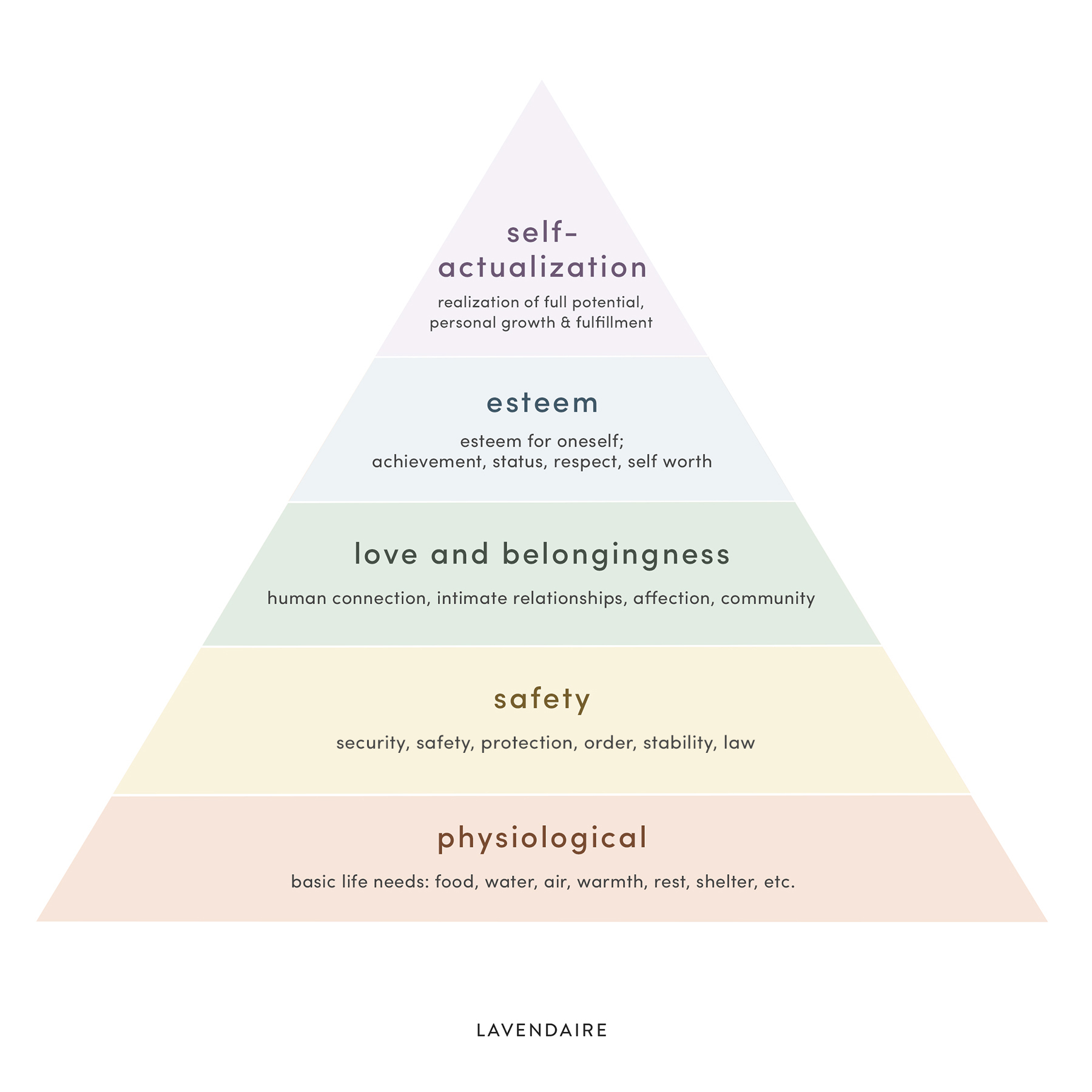


Maslow S Needs The Keys To Happiness Fulfillment Lavendaire



A Business Application Of Maslow Amp 39 S Hierarchy Of Needs By Suzy Jurist Linkedin



Pin On Good To Know
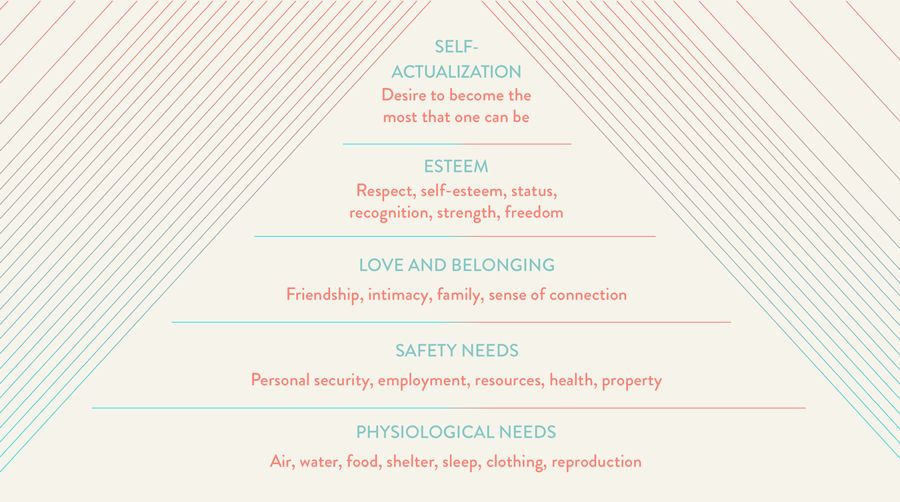


Abraham Maslow S Hierarchy Of Needs A Different Kind Of Pyramid Scheme Crm Org



Maslow S Hierarchy Of Needs Self Actualisation Self Este Flickr



Maslow S Hierarchy Of Needs Simply Psychology


Maslow S Hierarchy Of Needs Pyramid Maslow S Hierarchy Of Needs Has Download Scientific Diagram



5 Needs Of Maslow S Hierarchy Of Needs Theory Explained
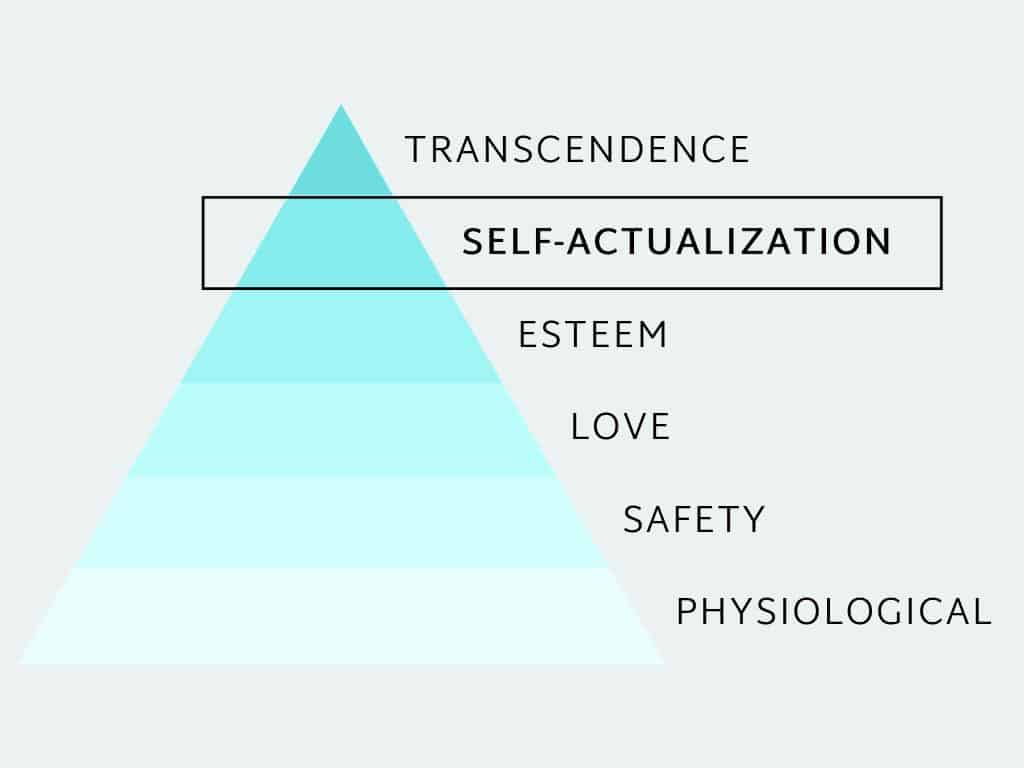


What Is Self Actualization Maslow S Writing On Self Actualizers Sloww
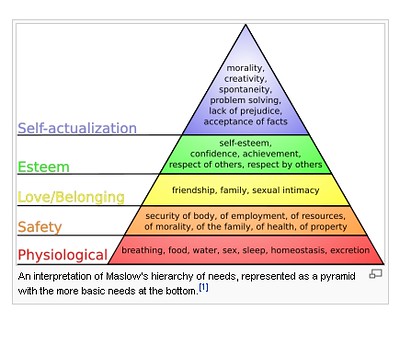


Maslows Hierarchy Of Needs People Work From The Bottom To Flickr
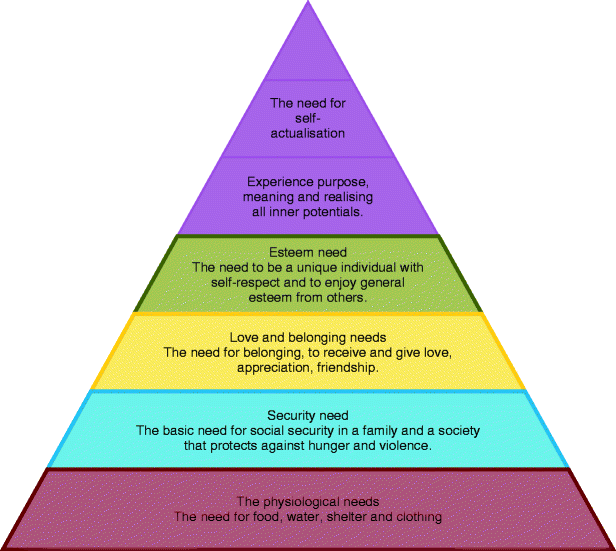


Maslow S Hierarchy Of Needs Springerlink



Theories And Matrix Maslow S Hierarchy Of Needs



Maslow S Hierarchy Of Needs Psych Mental Health Np
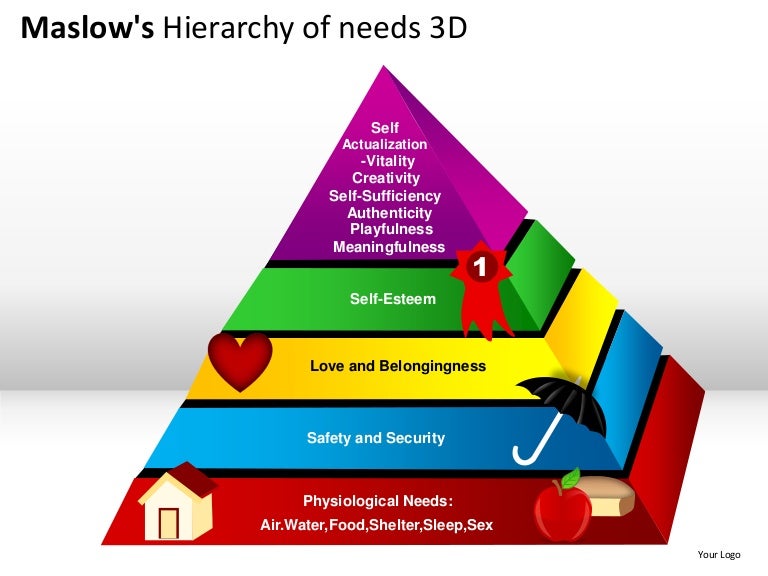


Maslow S Hierarchy Of Needs 3d Powerpoint Presentation Templates



A Neural Network Rendition Of Maslow S Hierarchy Of Needs Arrows Download Scientific Diagram


Maslow S Hierarchy Of Needs Vision
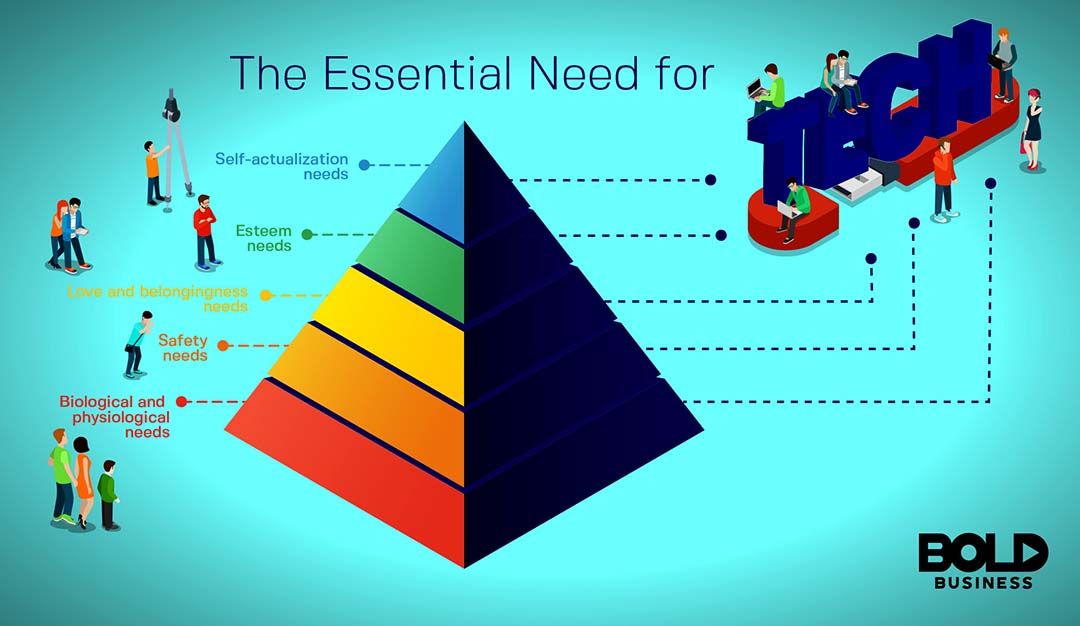


Maslow S Hierarchy Of Needs Is Tech On Top Of The Pyramid



Maslows Hierarchy Of Needs 1 Mate Acquisition Parenting



A Cbt Look At Maslows Characteristics Of Self Actualizers Psychology Maslow S Hierarchy Of Needs Social Work



Pin On Articles I Like
/4136760-article-what-is-maslows-hierarchy-of-needs-5a97179aeb97de003668392e.png)


The 5 Levels Of Maslow S Hierarchy Of Needs



Feedback Is A Source Of Fuel For Personal Development And Self Actualization At Work



The Problem With Do What You Love The Perils Of Allowing Maslow S Hierarchy Of Needs Self Actualisation To Shape Careers Living News Firstpost
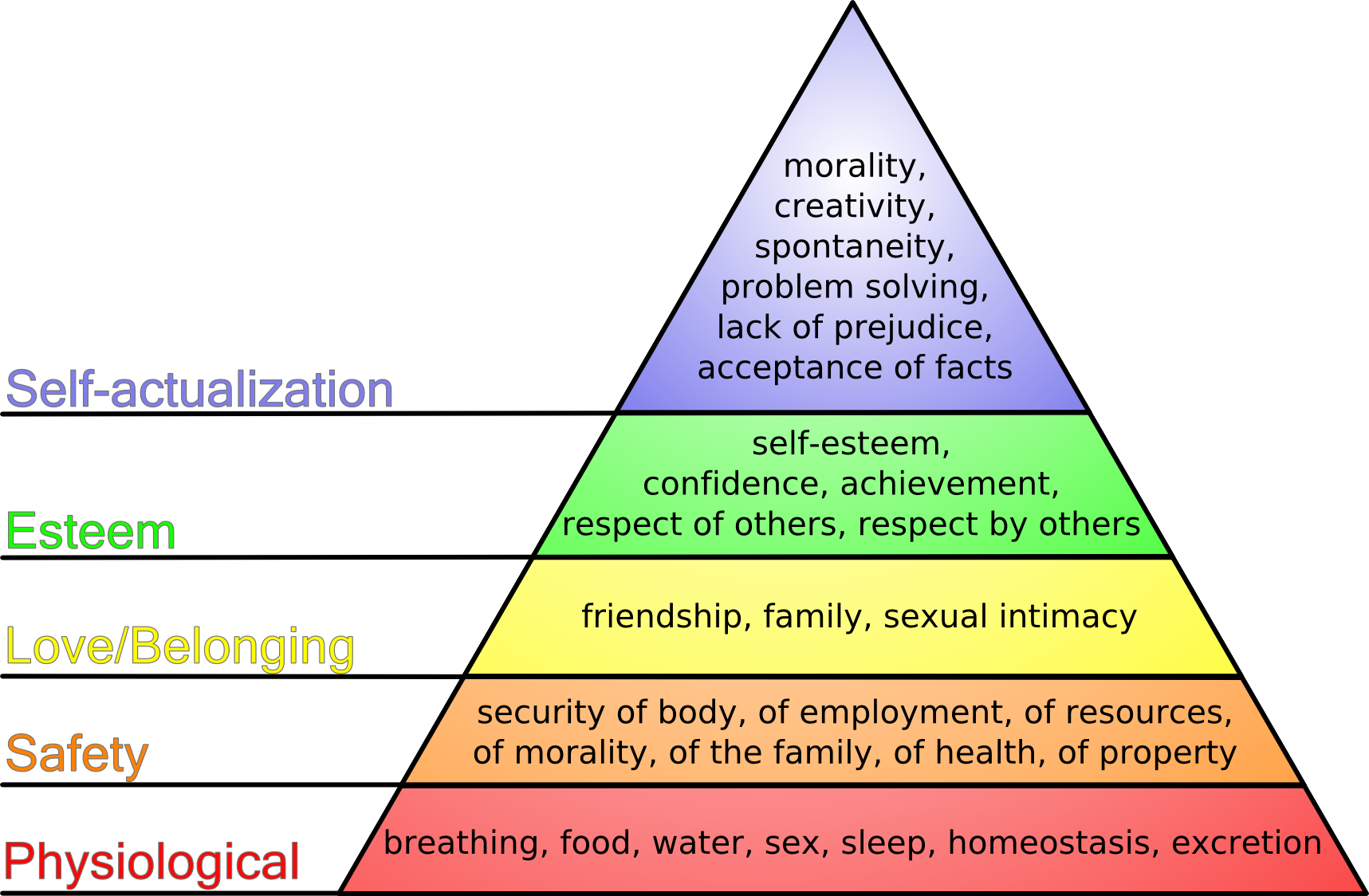


Maslow S Hierarchy Of Needs Psychology Wiki Fandom
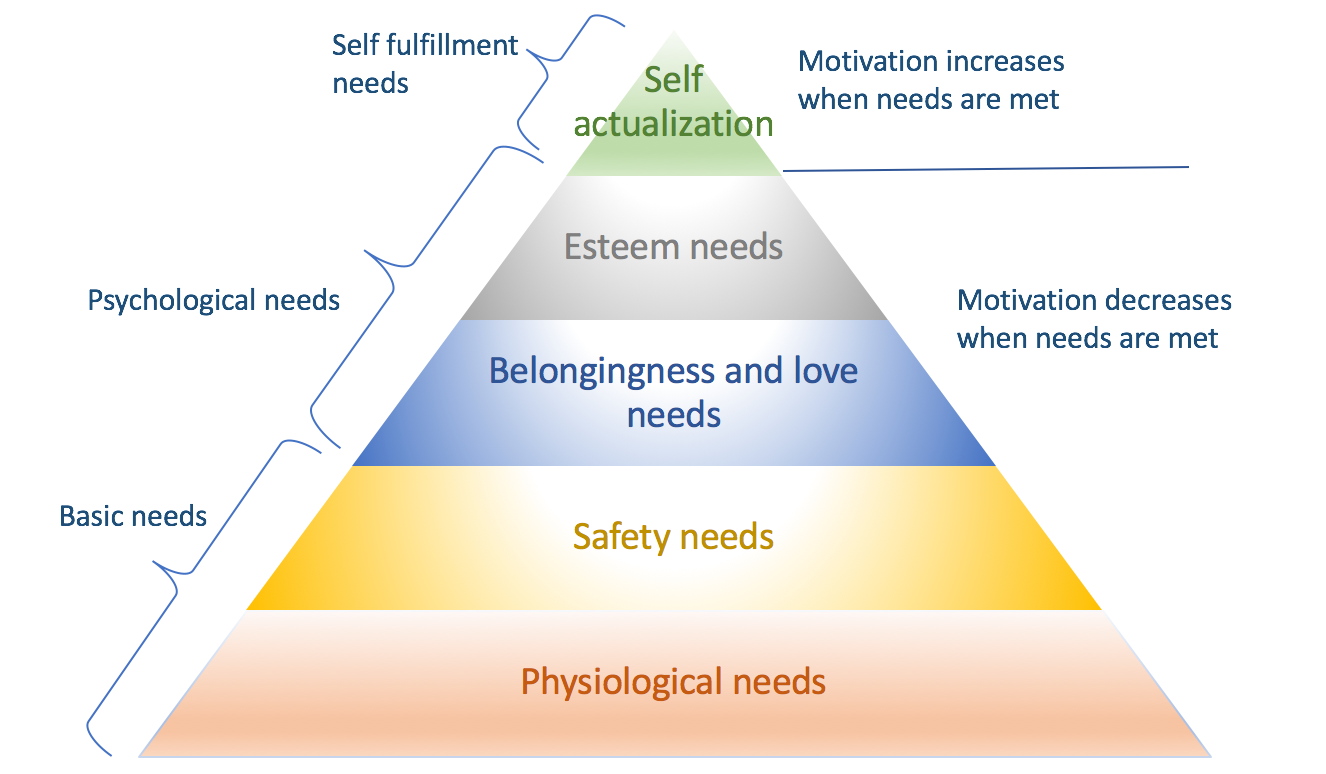


How To Apply Maslow S Hierarchy Of Needs To Your Online Business By Geetika Guleria Glue Labs
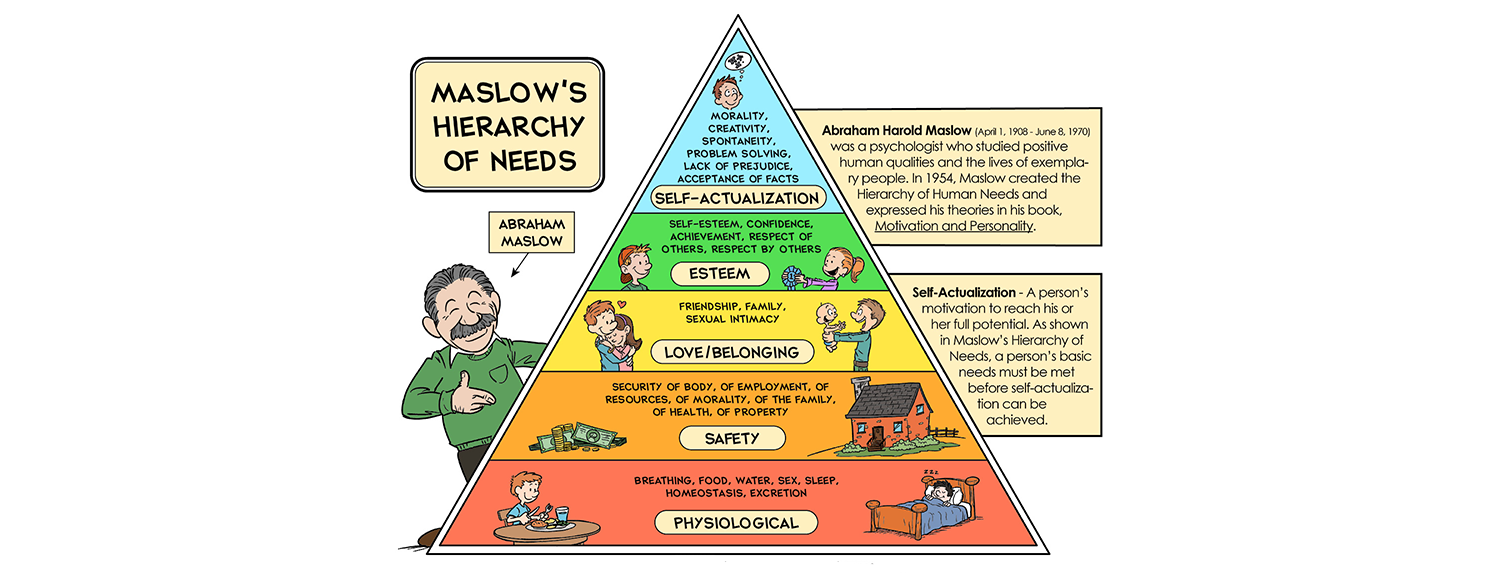


Maslow S Hierarchy Of Needs The Microphone Speak Your Mind Tell Your Story


Maslow S Hierarchy Of Needs Visualized As A Pyramid See The Online Download Scientific Diagram
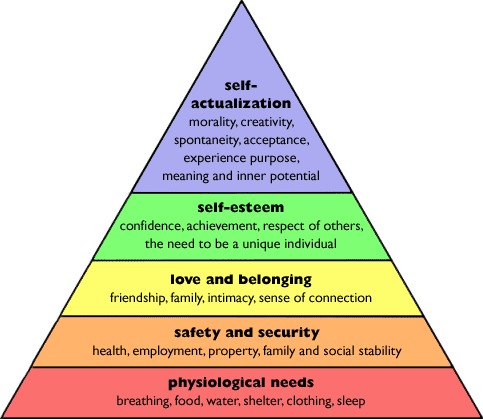


Applying The Hierarchy Of Needs To Help Make Cities That Work Renaissance Planning



Maslow S Hierarchy Of Needs Are Explained With Relevant Examples



Mti Free Full Text Beyond Maslow S Pyramid Introducing A Typology Of Thirteen Fundamental Needs For Human Centered Design Html


Maslow S Hierarchy Of Needs Human Business
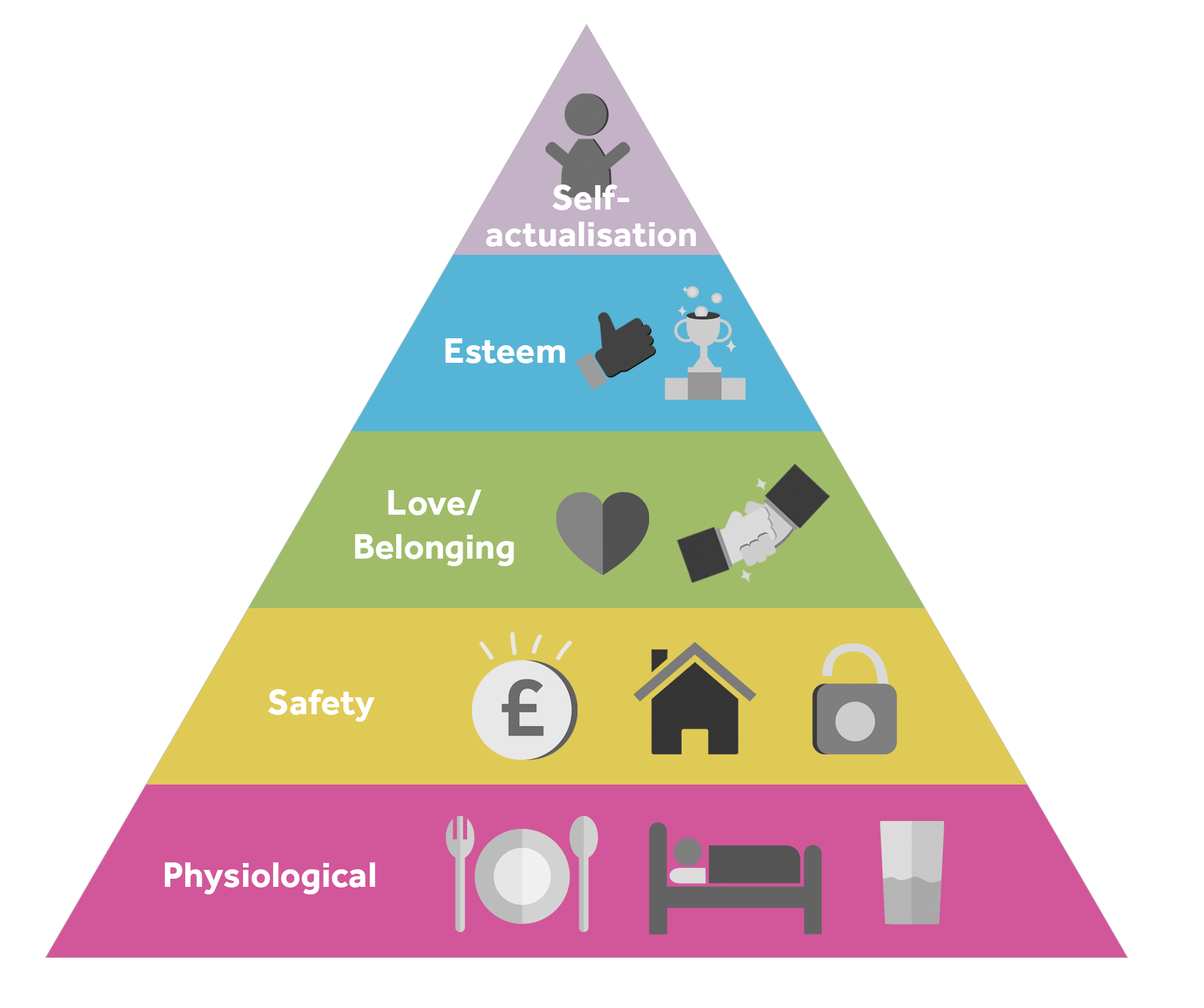


Maslow S Hierarchy Of Needs
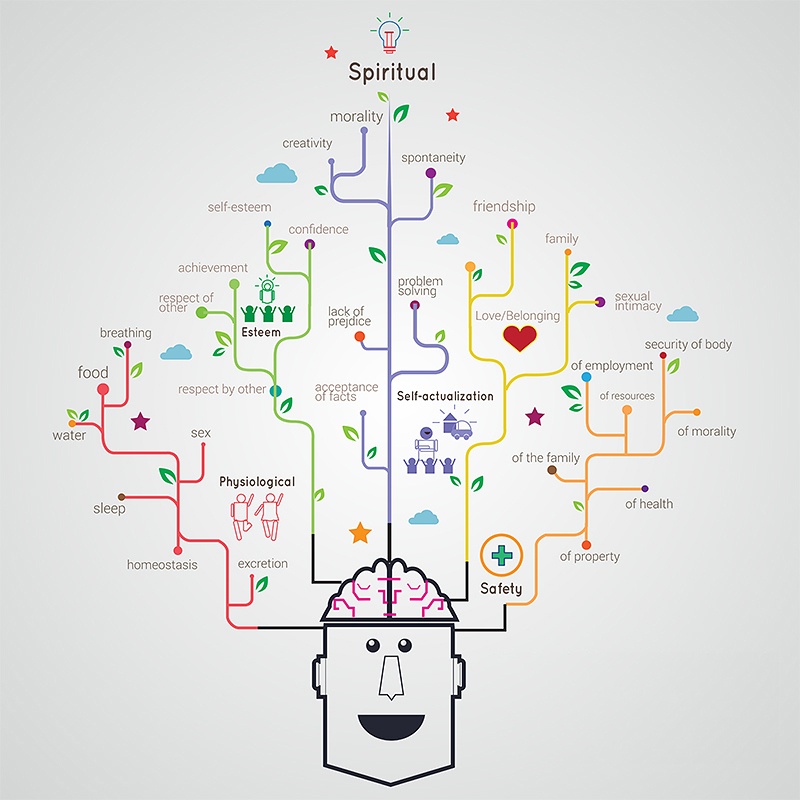


The Impact Of Maslow S Hierarchy Of Needs In Elearning Elearning Industry
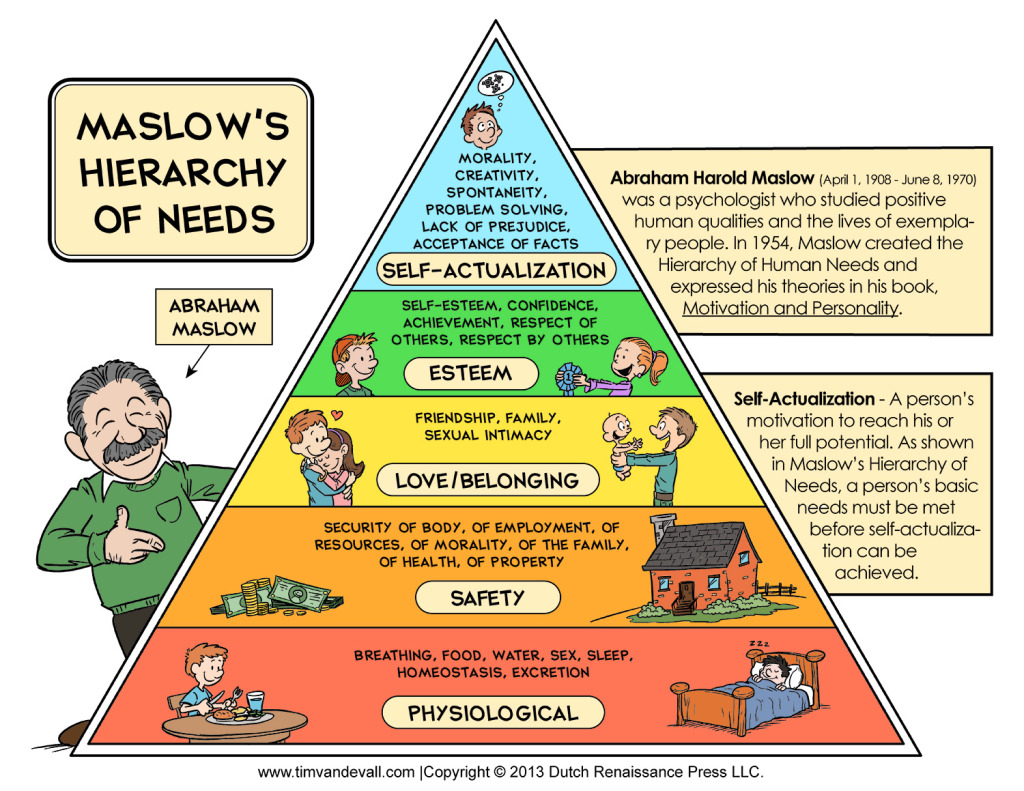


Maslow S Hierarchy Of Entrepreneurial Needs Dan Martell



Self Actualization Pyramid Maslow S Hierarchy Of Needs Psychology Software Testing Brittle Png Pngegg



Maslow S Hierarchy Of Needs Mapped To Social Media Sites In Infographic Social Media Chimps
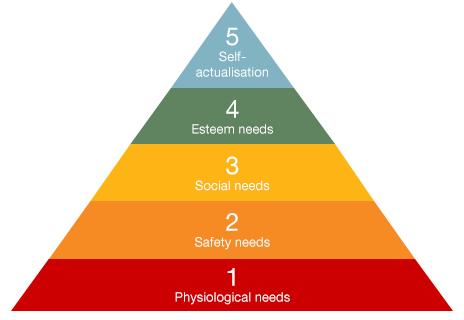


Abraham Maslow And The Pyramid That Beguiled Business c News



Maslow S Hierarchy Of Needs Wikipedia



Maslow S Hierarchy Of Needs Simply Psychology


Earlychildhood And Maslow S Hierarchy Of Needs Discovery Days Childcare
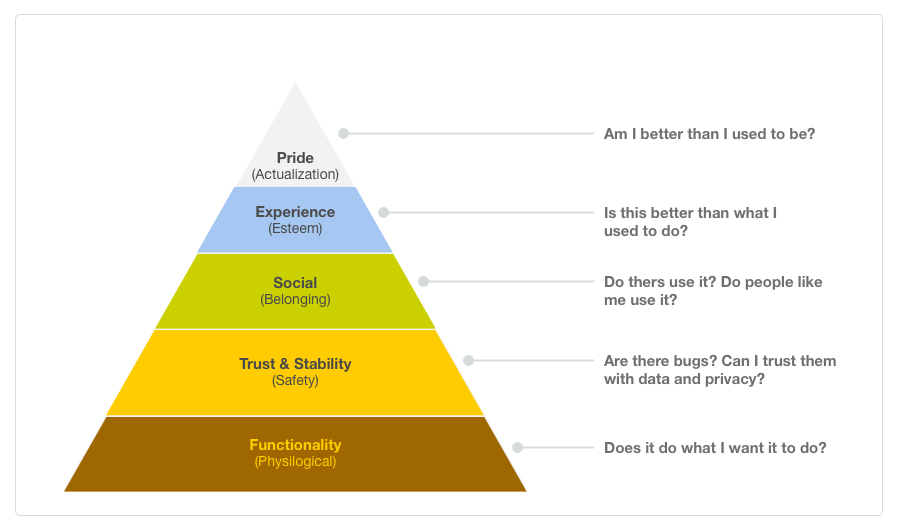


Maslow S Hierarchy Of Needs For Developing Products By Navneet Nair Ux Collective



Maslow S Final Theory Z



Maslow S Sixth Step In The Hierarchy Of Needs Self Actualization Actualized Org Forum



Maslow S Theory Revisited



Maslow S Hierarchy Of Needs Introduction To Business
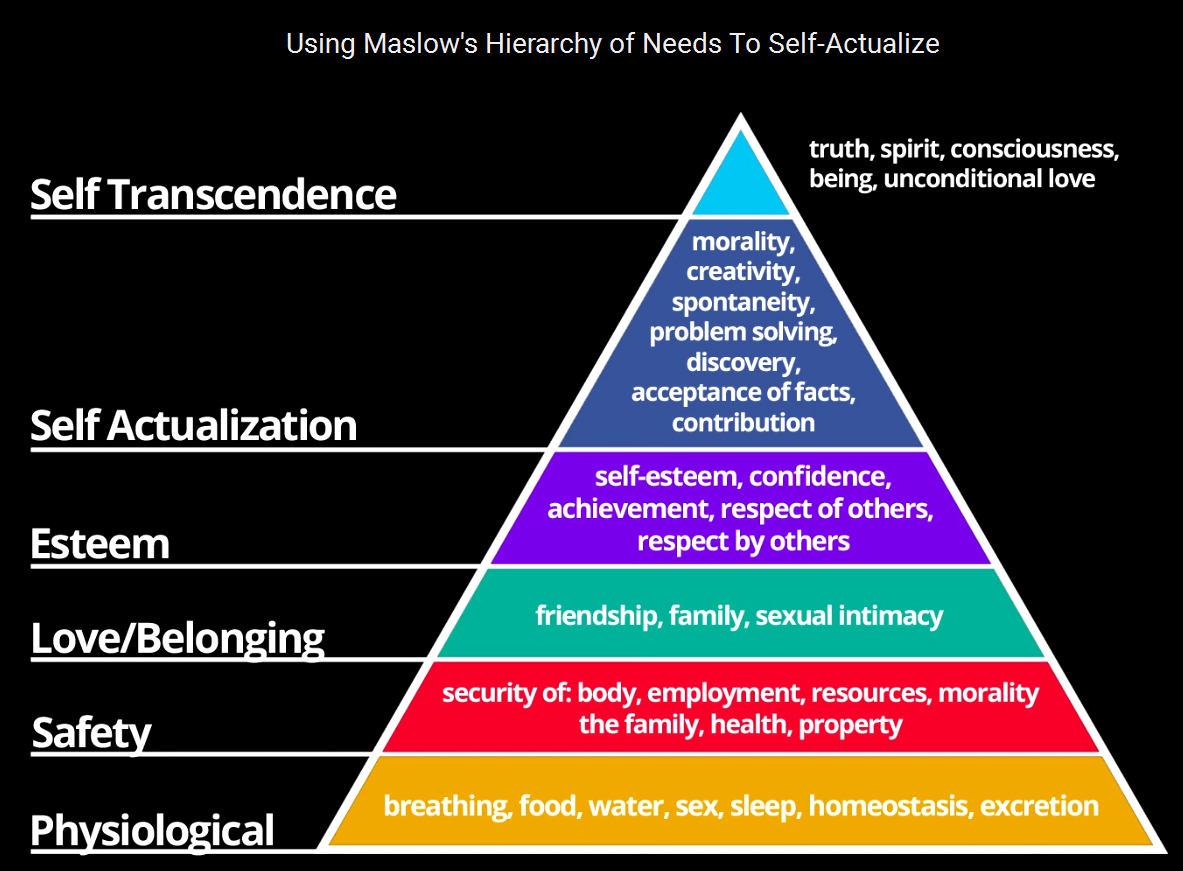


Maslow S Hierarchy Of Needs Hi Everyone By Earn Save Invest Repeat Medium



Maslow S Heirarchy Of Needs Explainer Maslow S Hierarchy Of Needs Psychology Self Actualization



Maslow S Hierarchy Of Needs For Software Developers Damien Fremont



Maslow S Hierarchy Of Needs Simply Psychology


コメント
コメントを投稿